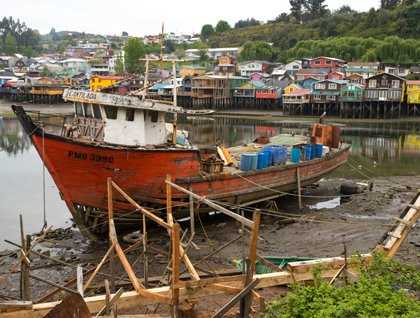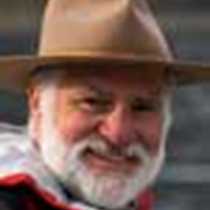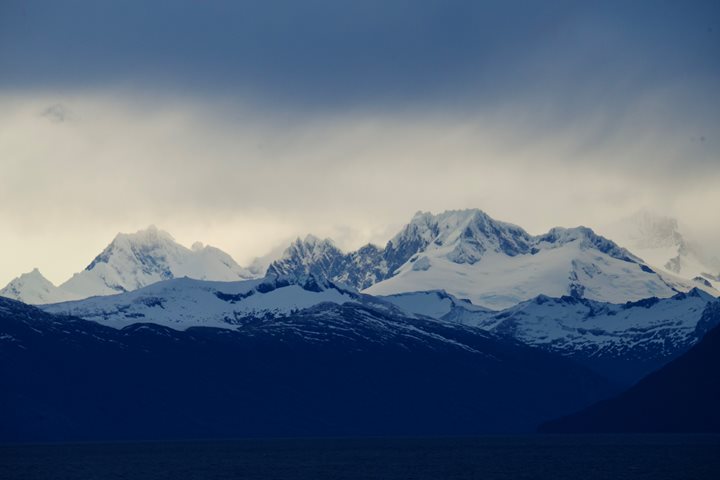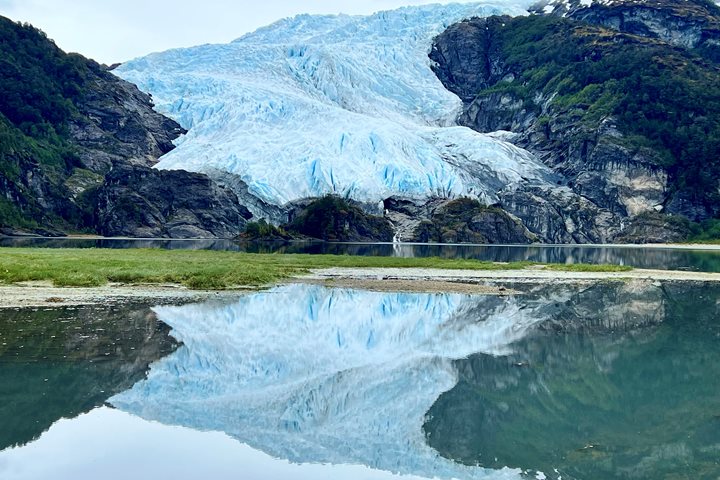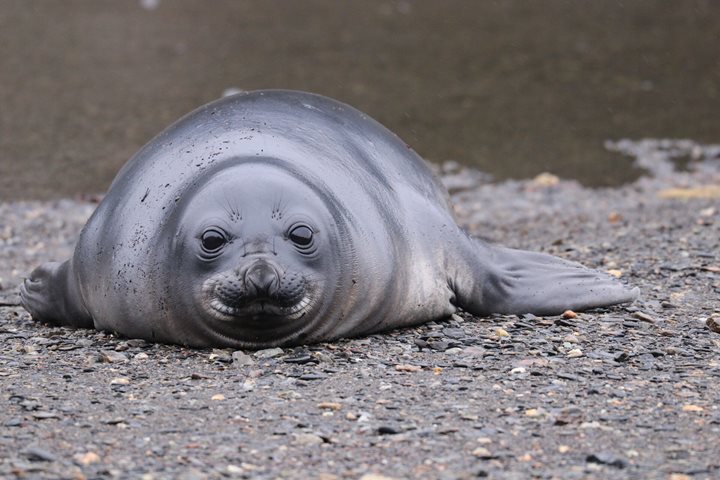We sailed into the narrow waterways leading up to the city of Castro, situated on the east shores of the Island of Chiloe. It had been a quiet night, just what the doctor had ordered, and allowed us to get a good night’s rest.
The day was fresh and overcast and shortly after breakfast we board the buses that will take us to the different destinations for the day. Today there are three choices: a short cultural tour, a longer cultural tour, and a visit to a national park.
All three tours include a visit to at least one of the remarkable churches that can be seen on the island. They were constructed by the Jesuit and Franciscan orders dating back to the 1730s. What is remarkable about them is that they are entirely made of wood and put together with no use of nails or bolts. They were declared a UNESCO World Heritage site. We are in awe at the beauty of these buildings and taken aback by their simplicity.
There is also a visit to the small town of Achao, on a nearby island of the same name, which requires a short trip on a ferry to reach. Once in the town we walk the streets and visit one of the local markets. Many of the houses are clad in shingles of the most varied designs but all made from the wood of the Patagonian cypress. The wood from these long-lived trees is very resistant to water and was also used widely by the native tribes from this region for the construction of their boats.
The next stop on the way is Dalcahue, where we have the opportunity of visiting a large craft market and also small eating houses where it is possible to sample some of the local foods. The craft fare is mostly comprised of woollen products of all types, made from homespun and dyed wool.
The visit to Castro includes an opportunity to see the Palofitos, as the houses built on stilts are known here. This form of construction mostly made of wood, is a neat way in which the fishing communities could get around the large tides in this region. Many of the houses are painted in bright blues, yellows, and reds.
The last option involved a visit to the Chiloe National Park and included a pleasant walk through an elfin forest along the Pacific coastline. The plants were of great interest as well as the numerous birds seen along the way, particularly noteworthy were good looks at the slender-billed parakeet.
At teatime the ship is anchored off the coast of Achao Island, and after boarding the Zodiacs we head for a visit to “Tato’s Farm.” Tato is our oceanographer, and he has kindly invited us to his homestead. We walk along the extensive tidal area filled with Hudsonian godwits, whimbrels, gulls, chimango caracaras, and other birds feeding on the rich food sources to be had in the mud flats sighted on our way to the farm.
We are greeted with a glass of wine or other refreshments as the asadores put the final touches to the barbecued lambs prepared for us. Soon enough we are heartily tucking into this Patagonian delicacy accompanied by one of the 200 varieties of potato grown on the island.
The setting is idyllic, the house situated on a small hill surrounded by apple trees and in the nearby fields some ponies quietly grazing.
Throughout the day we have passed many oyster farms as well as salmon and trout farms. These farms are particularly controversial as they have caused extensive damage to the waters and seabed in these areas.
Once back on board we get ready for the Captain’s welcome cocktails and dinner, it is an opportunity to meet most of the ship’s officers.
The ship slowly heads east to cover the short distance to tomorrow’s destination. It has been a great start to the first day of our expedition.

